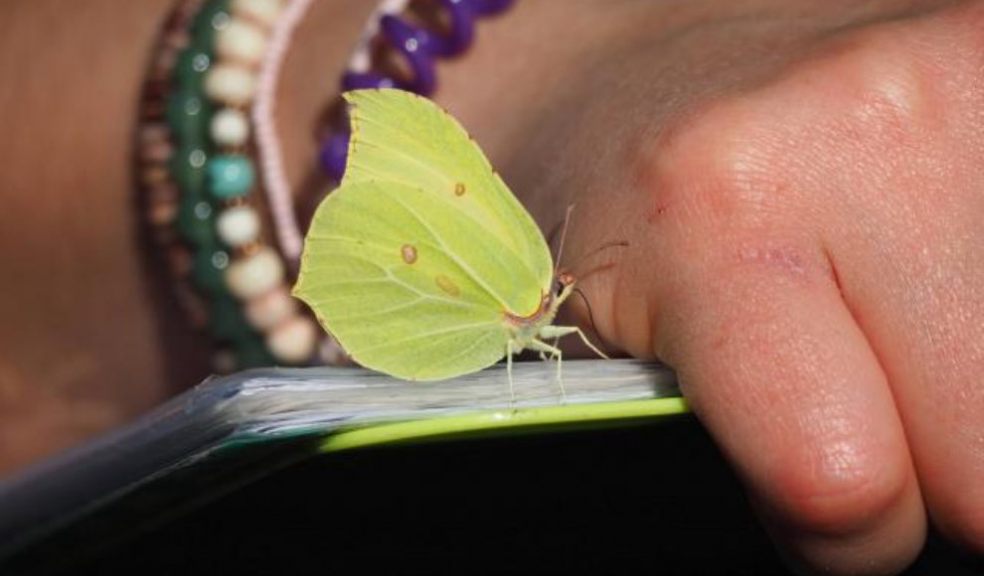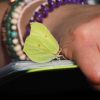
Wildlife charity, Butterfly Conservation, launches plea to public to help measure impacts of climate change while its scientists are in lockdown
Leading wildlife charity, Butterfly Conservation, known for its sector-leading butterfly and moth population data going back over 50 years, has launched a plea to the public to help contribute to assessing the effects of climate change while it’s scientists and volunteers are unable to carry out monitoring of wildlife sites during the lockdown.
A vital indicator of the effects of climate change in the UK, butterfly phenology (the study of the timing of natural events) recording is going to be severely affected this spring due to the restrictions on movement to halt the spread of coronavirus. And the charity is calling for anyone at home with an outdoor space to help.
Richard Fox, Associate Director Recording and Research said: ‘studying the changing flight times and locations of butterfly species across the UK is vital to understanding the impacts of climate change on our native wildlife.
‘This spring we are going to have a gap in our phenology data as our scientists and volunteers are not able to carry out their usual monitoring at nature reserves and across the UK countryside.
‘So, we are asking the general public to please help us out. This is something you can do for science and climate change in your own back garden. We know that climate change is making butterflies emerge earlier in spring and some are spreading to new parts of the UK. We need you to tell us where and when you saw them.’
Two new studies by the University of York, in collaboration with Butterfly Conservation and other partners have shed some light on how butterflies and moths are responding to climate change, but there are still many unanswered questions and trends are continuing to change.
As the climate has warmed, butterflies have tended to fly earlier in the year and, in some cases, produce more generations each year, but it’s not yet clear how these changes will affect their fortunes in the long term. Recent research suggests that an earlier start benefits some species but is detrimental for others.
Richard continues: ‘Keep a look out in your garden for butterflies such as the Brimstone, Comma, Speckled Wood, Holly Blue and Orange-tip. We want your records, and to know when you saw them on the wing.
‘If you live in certain areas, particularly in northern England and in Scotland, we’re particularly interested in your observations as all of these butterflies are spreading northwards, colonising areas where they didn’t occur previously. The Comma, for example, has spread hundreds of miles northwards since the 1970s. Just this week we received a sighting from a garden in Fife which was the first Comma that the volunteer had seen there in 60 years.
‘Monitoring the changing distributions of butterflies is important to understanding the effects of climate change on our environment. We know that for some species climate change has helped to boost numbers, while for others it has had an adverse effect, but there’s still so much to learn.
‘You never know what you might see. There has even been a scattering of Painted Lady butterfly sightings across the country in the last week. This species is a migrant from warmer parts of Europe, which normally arrives at the end of May or early June.
‘We can’t gather data in our usual ways this spring, so we need the help of everyone who is at home, with a garden or outdoor space, during the lockdown period. Each recording is important for our work to conserve UK butterflies and we would love the public to get behind us.’
To submit a recording, simply go to www.butterfly-conservation.org/mysightings.


















